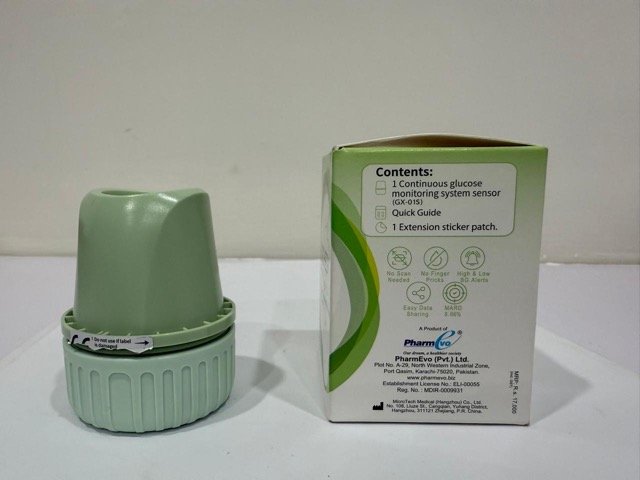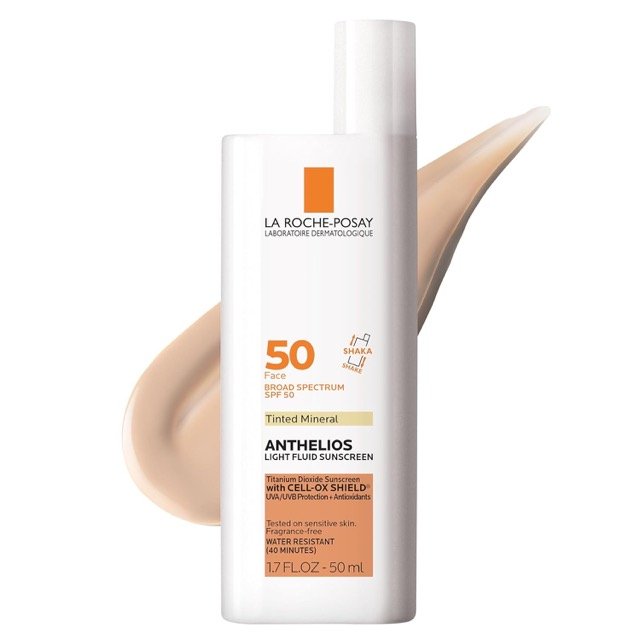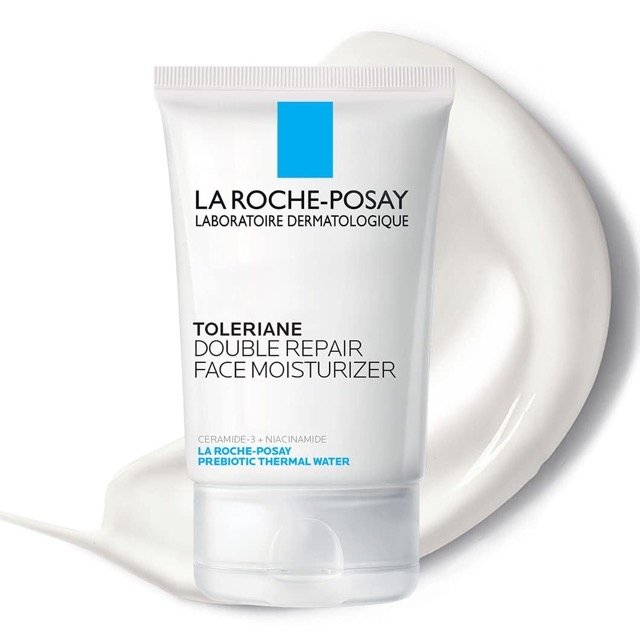In a significant advancement for the treatment of chronic kidney disease, the U.S. Food and Drug Administration (FDA) approved Vanrafia (atrasentan) on April 2, 2025, for the treatment of adults with primary immunoglobulin A (IgA) nephropathy who are at risk of rapid disease progression. This approval marks a major step forward in managing proteinuria and preserving kidney function in affected individuals.
What Is IgA Nephropathy?
IgA nephropathy, also known as Berger’s disease, is a chronic kidney disorder where IgA antibodies deposit in the glomeruli—the filtering units of the kidney—leading to inflammation and, over time, progressive loss of kidney function. A hallmark of this condition is proteinuria—the presence of excess protein in the urine—which signals kidney damage and is closely associated with worse outcomes.
For patients at risk of rapid disease progression, timely intervention is crucial to delay or prevent end-stage renal disease (ESRD). Until recently, treatment options were limited, with a strong focus on supportive care, such as renin-angiotensin system (RAS) blockers and steroids, each with variable efficacy and safety.
Vanrafia (Atrasentan): How It Works
Vanrafia contains atrasentan, a selective endothelin A receptor antagonist (ERA). Endothelin-1, through the ETA receptor, plays a central role in promoting inflammation, fibrosis, and proteinuria in chronic kidney diseases, including IgA nephropathy. By blocking ETA receptors, atrasentan helps reduce protein leakage in the urine and mitigate kidney damage.
Previous clinical trials with atrasentan have shown promise in lowering proteinuria and improving renal outcomes with a favorable safety profile. This latest approval reinforces its role as a targeted therapy in the nephrology toolkit.
FDA-Approved Indication
As of April 2, 2025, Vanrafia is approved:
“To reduce proteinuria in adults with primary immunoglobulin A nephropathy at risk of rapid disease progression.”
This specific indication aligns with the unmet need to slow kidney disease progression in high-risk IgA nephropathy patients—those with persistent proteinuria despite optimal supportive therapy.
Clinical Implications
The approval of Vanrafia:
- Adds a targeted therapy to the treatment landscape of IgA nephropathy.
- Offers proteinuria reduction as a surrogate marker for long-term renal protection.
- May delay the need for dialysis or transplantation in high-risk patients.
Nephrologists now have an additional option to personalize care and intervene earlier in the disease course.
Looking Ahead
While Vanrafia represents a milestone, ongoing surveillance and further studies will continue to assess its long-term impact on hard renal outcomes, including ESRD and mortality.
For patients living with IgA nephropathy, this approval is not just a new medication—it’s a step closer to preserving kidney health and improving quality of life.
Disclaimer: This blog post is for informational purposes only and does not constitute medical advice. Please consult your physician for diagnosis and treatment options.







